The world of footwear is vast and intricate, with various types designed for specific purposes. Among these types, tennis shoes and sneakers often cause confusion. In this comprehensive guide, we will dive deep into the differences between tennis shoes and sneakers, discussing their construction, intended use, cultural significance, and more.
What Are Tennis Shoes?
Tennis shoes, also known as tennis sneakers or court shoes, are specifically designed for the sport of tennis. Their unique design caters to the needs of tennis players, providing support, traction, and stability on the court.
Features of Tennis Shoes
- Support: Tennis shoes usually have enhanced arch and ankle support to handle lateral movements.
- Durable Sole: The outsole is often made of durable rubber to withstand the wear and tear of hard courts.
- Grip: Designed with various tread patterns for improved traction on the court surface.
- Cushioning: Provides shock absorption for high-impact movements.
What Are Sneakers?
Sneakers refer to a broader category of athletic footwear that can be used for various activities, including walking, running, or casual wear. They are versatile and are often characterized by their comfortable and casual look.
Features of Sneakers
- Lightweight: Most sneakers are designed to be lightweight for ease of movement.
- Style Variety: They come in numerous styles, colors, and designs to match personal fashion senses.
- Flexible: Sneakers often incorporate flexible materials for better movement.
- Casual Use: While some are designed for athletic purposes, many sneakers are meant for everyday wear.
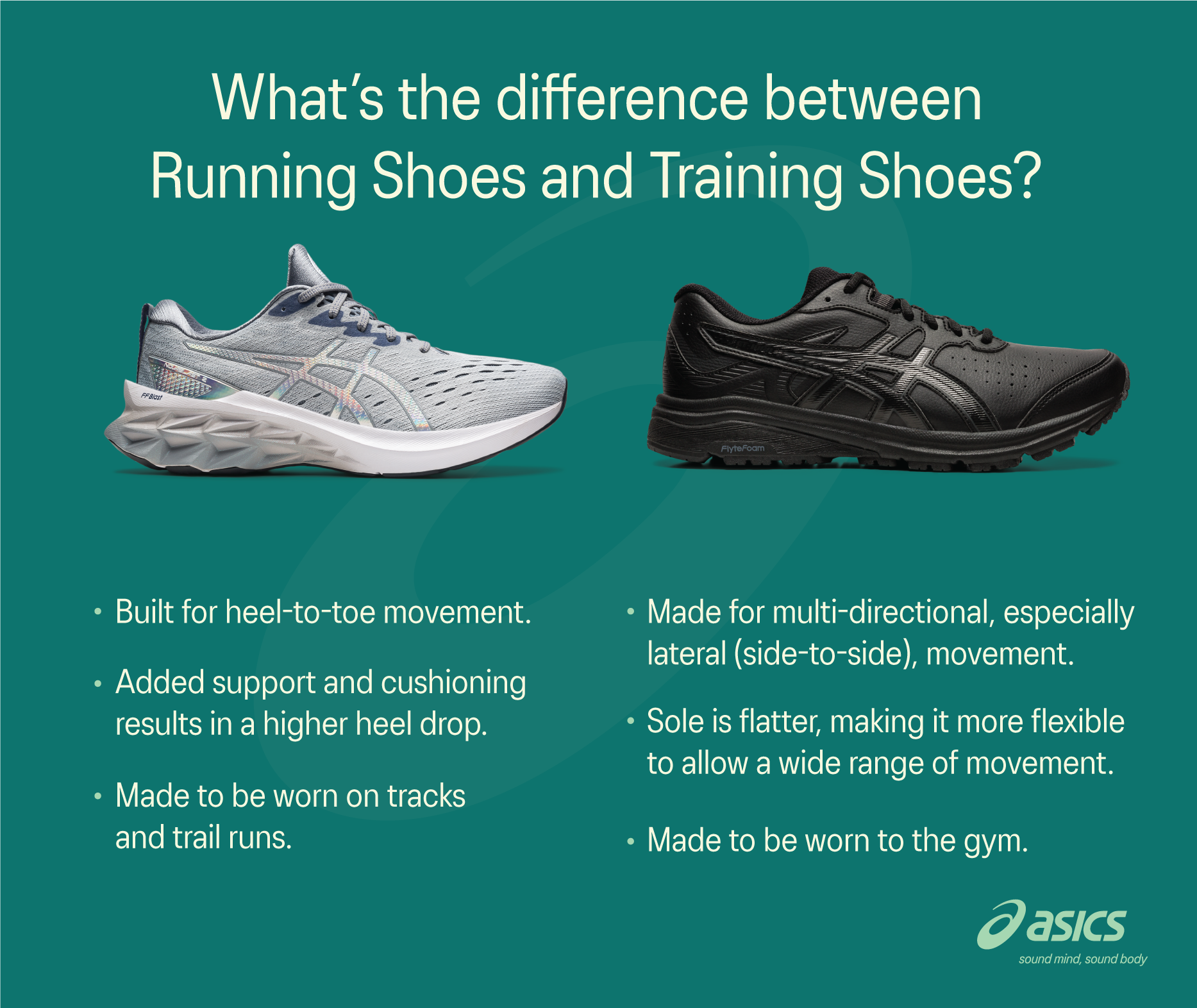
Key Differences Between Tennis Shoes and Sneakers
| Feature | Tennis Shoes | Sneakers |
|---|---|---|
| Purpose | Designed for tennis and similar sports | Versatile for various activities and casual wear |
| Support | Enhanced arch and ankle support | Varies widely; generally less support |
| Cushioning | High shock absorption | Varies; focused on comfort for everyday use |
| Design | Specific design for court play | Wide range of styles and designs |
| Durability | Built to withstand court surfaces | Durability may vary by model |
| Price Range | Tends to be higher due to specialized features | Wide price range accessible for all budgets |
Common Misconceptions About Tennis Shoes and Sneakers
1. All Sneakers Can Be Used for Tennis
While some sneakers may seem suitable for tennis, they lack the necessary support and traction. Always opt for tennis shoes for optimal performance.

2. Tennis Shoes Are Only for Tennis Players
Though specifically designed for the sport, tennis shoes can be worn for other athletic activities or casual outings, offering excellent support and comfort.
When to Use Tennis Shoes vs. Sneakers
Choosing the Right Footwear for Your Activities
Understanding when to use tennis shoes versus sneakers can greatly enhance your performance and comfort. Here’s a quick guide:
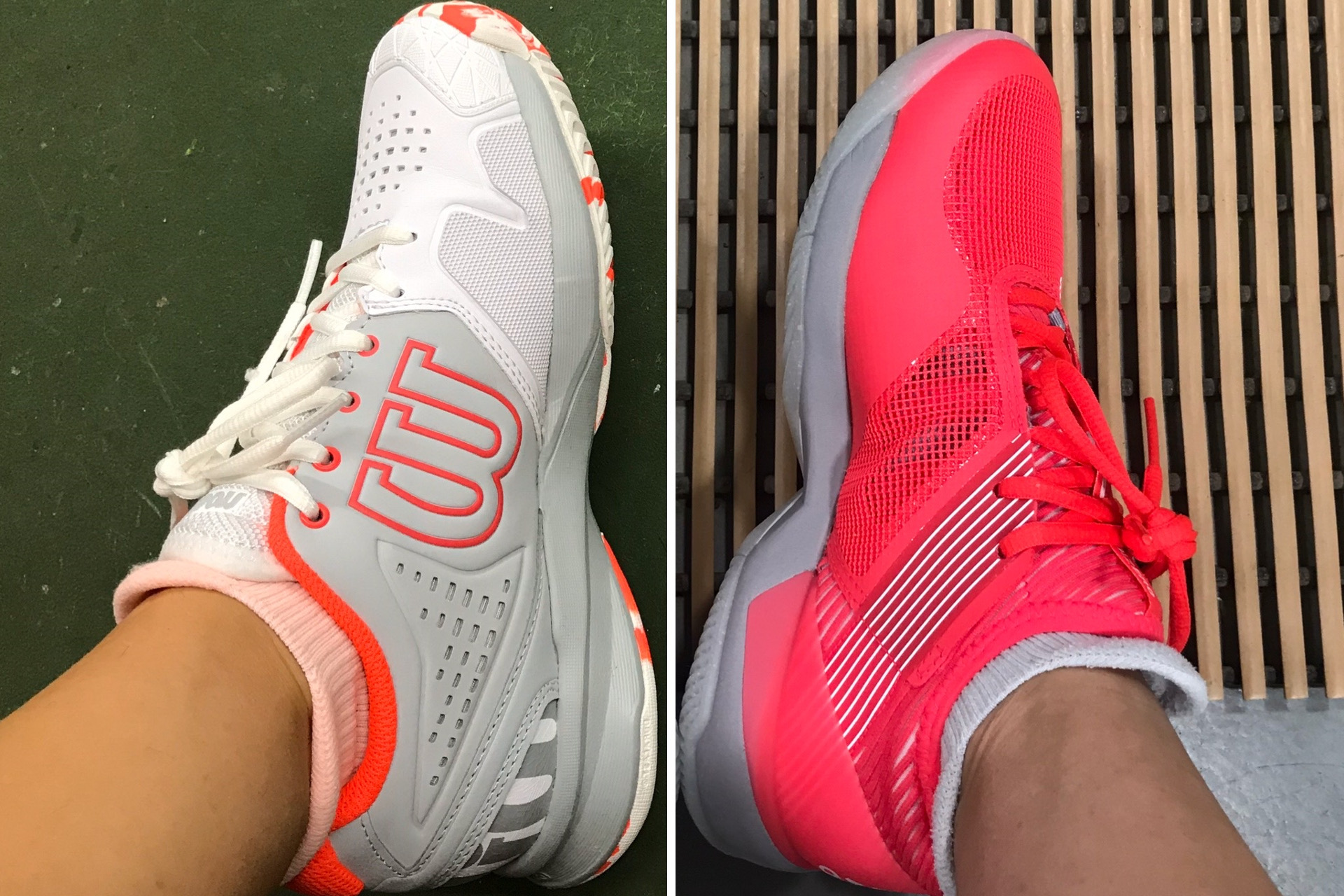
- Use Tennis Shoes When:
- Playing tennis or engaging in similar sports that require quick lateral movements.
- Participating in high-impact activities where stability and support are crucial.
- Use Sneakers When:
- Going for casual walks or everyday outings.
- Engaging in light exercising or running.
- Mixing fashion with function for an active lifestyle.
Pros and Cons of Tennis Shoes and Sneakers
Pros of Tennis Shoes
- Enhanced stability and support for lateral movements.
- Durable construction suitable for hard court surfaces.
- Improved traction and grip on the court.
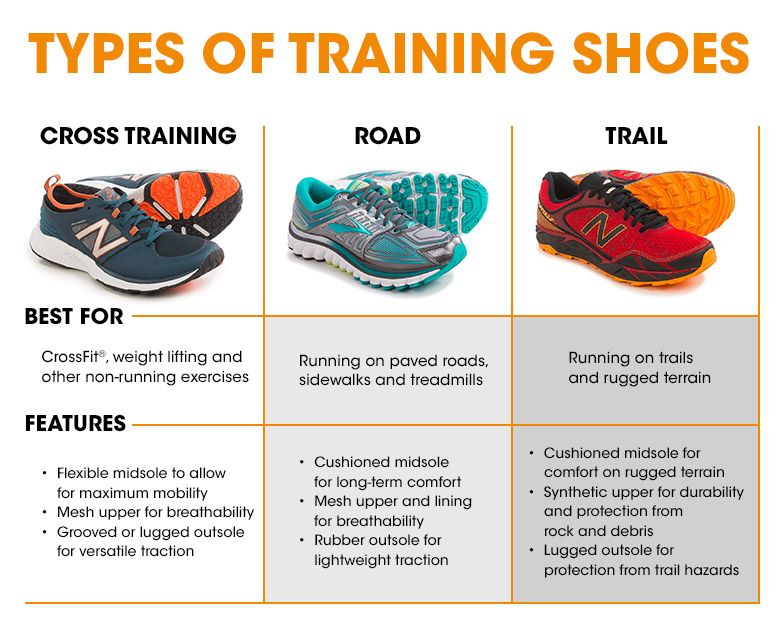
Cons of Tennis Shoes
- Higher cost compared to basic sneakers.
- Less versatile for casual wear.
Pros of Sneakers
- Wide range of styles suitable for casual wear.
- Generally lower priced and more accessible.
- Lightweight and comfortable for everyday use.

Cons of Sneakers
- Lack of specialized support for sports like tennis.
- Durability may not hold up in high-impact sports.
The Cultural Significance of Tennis Shoes and Sneakers
In the USA, sneakers have become more than just athletic footwear; they represent a cultural phenomenon. From hip-hop culture to street fashion, sneakers have woven into the fabric of modern style.
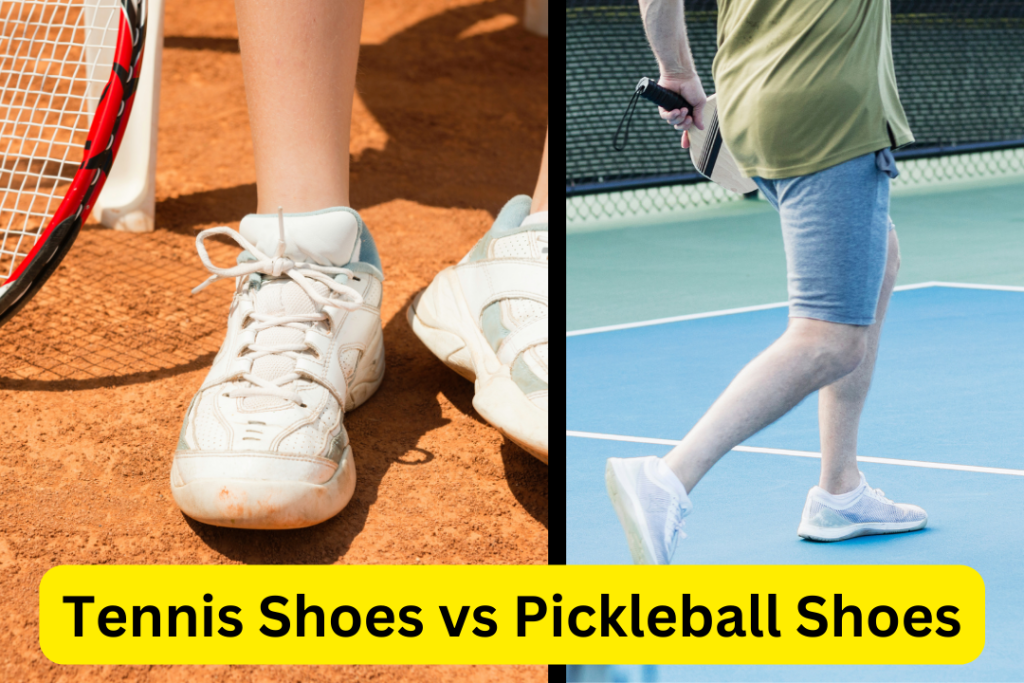
Historical Context
Since the 1980s, sneakers have transformed into collectible items, with brands like Nike and Adidas leading the charge. Limited edition releases and collaborations with designers have created a sneaker culture that thrives on exclusivity and individuality.
Local Experiences
Many cities, particularly in the USA, have dedicated sneaker shops and conventions that celebrate the sneaker culture. Events like Sneaker Con bring enthusiasts together to showcase their collections, trade, and discuss sneaker trends.
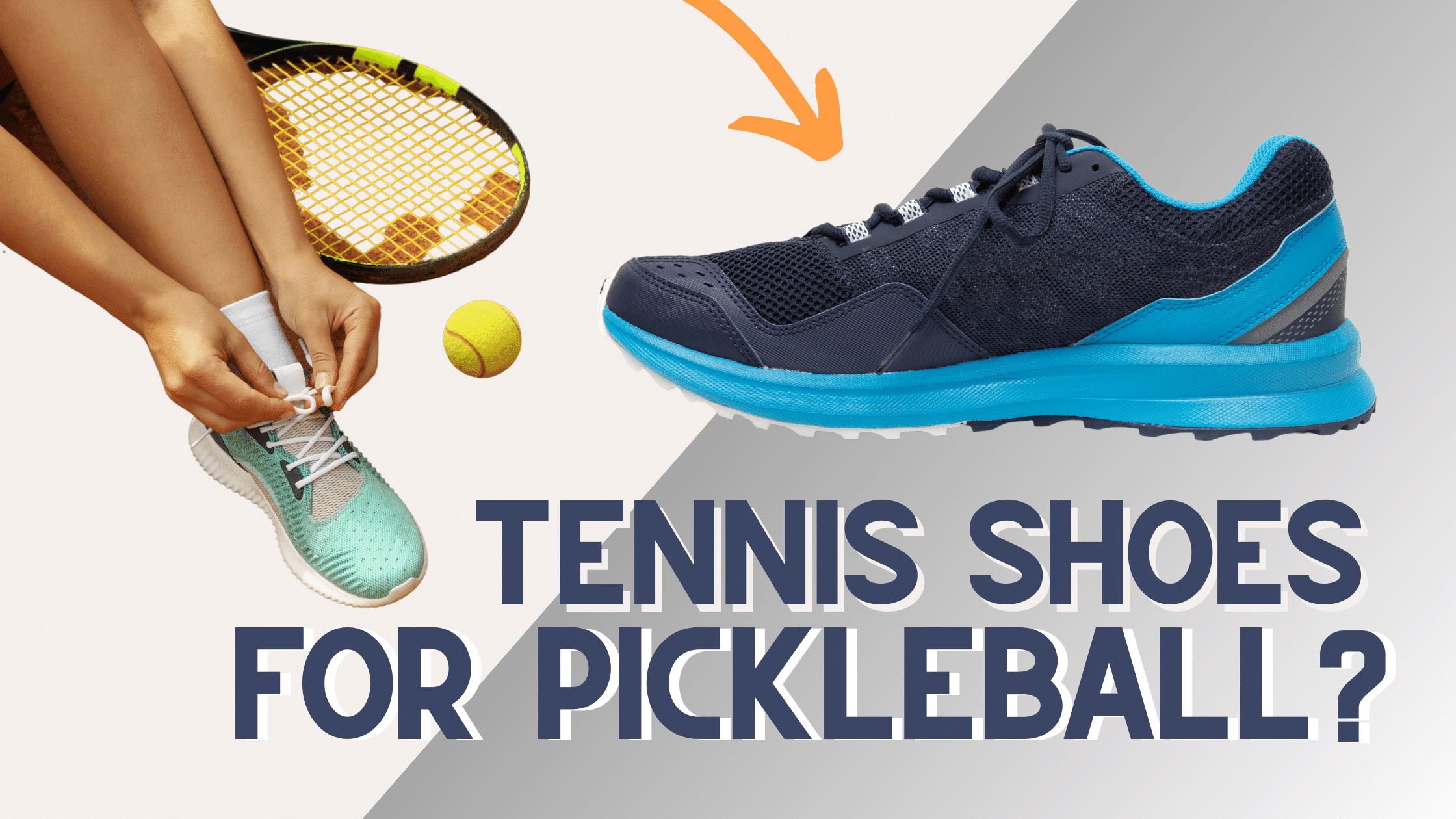
How to Choose the Right Footwear for You
Factors to Consider
- Activity Type: Choose based on your primary activity – tennis or casual wear.
- Fit and Comfort: Ensure a proper fit for both tennis shoes and sneakers to avoid injuries.
- Style: Consider your personal style and how the shoes pair with your wardrobe.
- Budget: Determine how much you are willing to invest in your footwear.
FAQs About the Difference Between Tennis Shoes and Sneakers
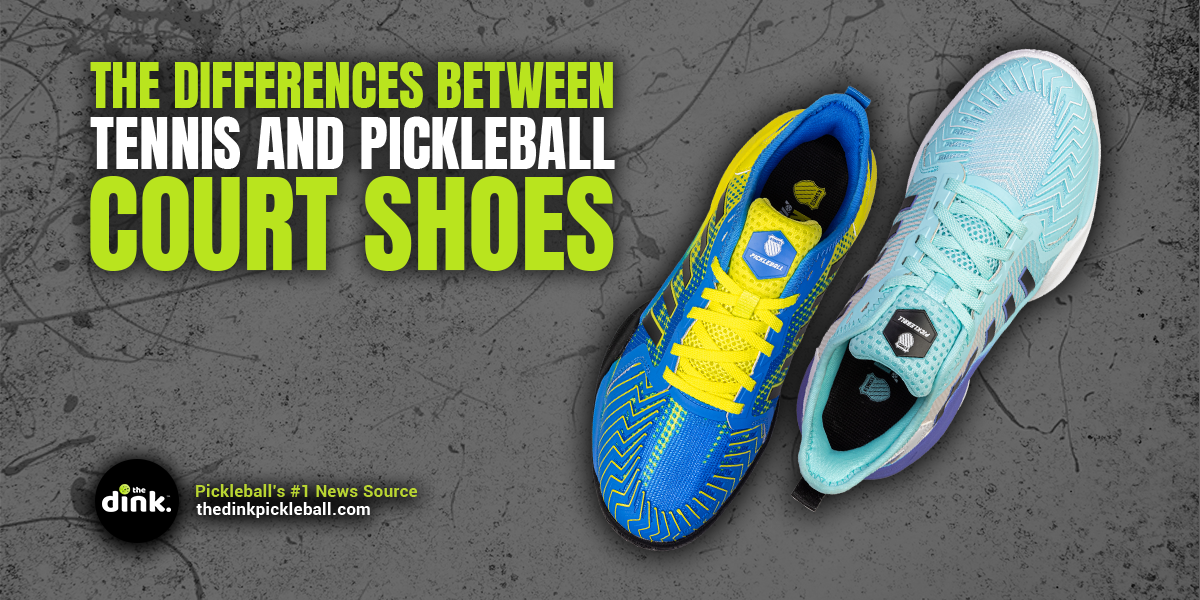
1. Can I wear tennis shoes for running?
While tennis shoes provide good support, they are not optimized for running. It’s best to use running shoes for running activities to ensure proper cushioning and support.
2. Are tennis shoes more expensive than sneakers?
Generally, tennis shoes can be more expensive due to their specialized design and features. However, prices vary, and you can find sneakers that are just as pricey.
3. How long do tennis shoes and sneakers last?
Both types of shoes can last several months to a year, depending on usage. Tennis shoes might wear out faster if used regularly on the court, while sneakers generally have a longer lifespan if used for casual wear.
Conclusion
The choice between tennis shoes and sneakers ultimately depends on your specific needs and activities. Understanding the differences and knowing when to wear each type can enhance your performance and comfort. Whether you’re hitting the tennis court or lounging around town, the right footwear makes all the difference.
References
For further reading and research on the subject, check out these credible sources: